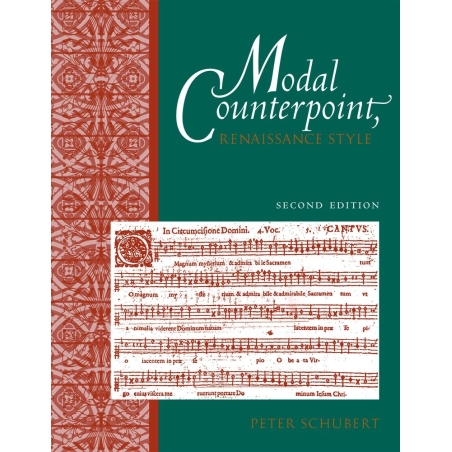The only species counterpoint text that draws directly on Renaissance treatises, Modal Counterpoint, Renaissance Style, Second Edition, provides a conceptual framework to guide students through composition and analysis as it teaches them general structural principles. It distinguishes between technical requirements (hard rules) and stylistic guidelines (soft rules), and includes coordinated exercises that allow students to develop their skills systematically. The second edition integrates improvisation activities and new repertoire examples into many chapters; revises the chapter on three-part writing (Chapter 14) so that it pays more attention to rules and strategies; reworks the chapters on cadences (Chapter 10) and on writing two parts in mixed values (Chapter 11) to make them more accessible to students; incorporates clarified instructions throughout; and includes a summary of rules.
CONTENTS
Preface:
Note to the Student:
Note to the Instructor:
Introduction: Renaissance Musical Style and Notation
1. Mode
2. Introduction to Two-Part Species Counterpoint
3. First Species
4. Second Species
5. Third Species
6. Fourth Species
7. Mixed Values
8. Counterpoint with Repetition of a Motive
9. Motivic Variation
10. Cadence Formulas in Two Voices
11. Two Parts in Mixed Values
12. The Imitative Duo
13. Invertible Counterpoint
14. Three Parts
15. Three Parts in Mixed Values
16. The Three-Voice Invertible Canon
17. Four-Part Writing
18. Adding Three Parts in Mixed Values to a CF
19. Four Parts in Mixed Values
20. Composing a Whole Piece
Appendices
1: Text Setting
2: Canon Against a CF
3: Solmization
4: Sample Motive Placements
5: The Invertible Duo
Bibliography:
Index:


